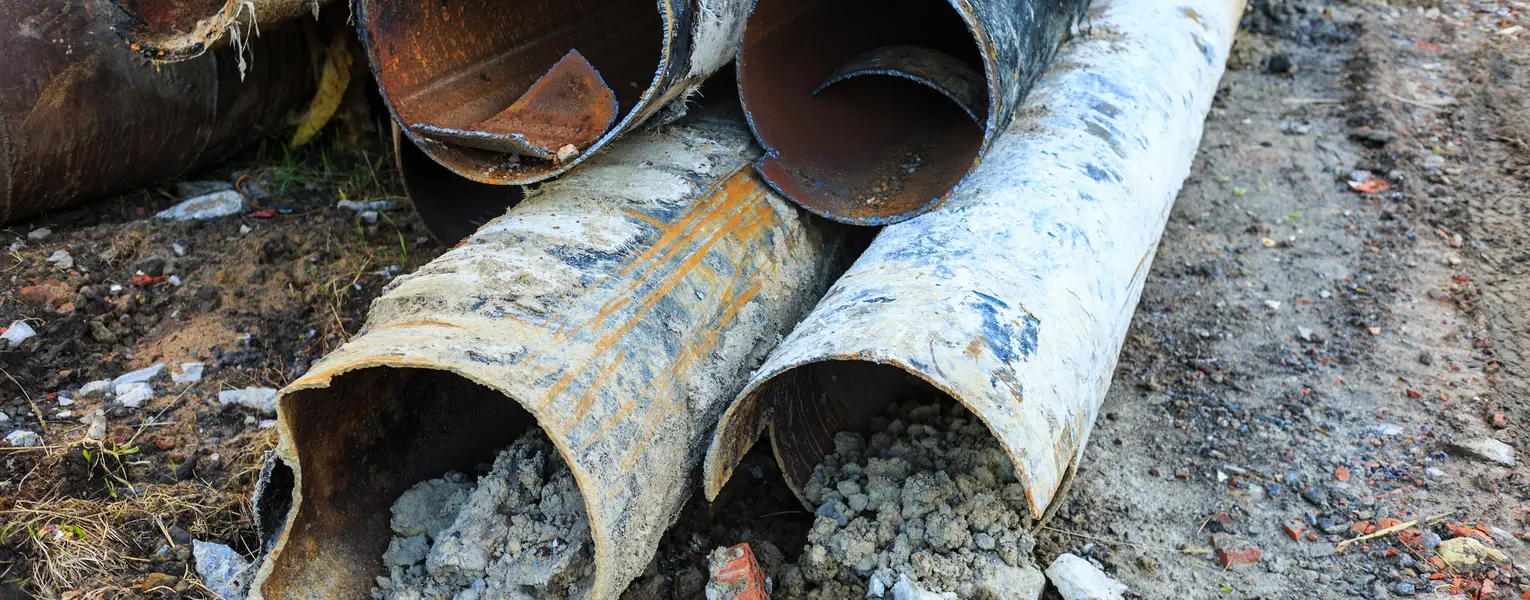Corrosion, like all forms of failures, requires long term management for mitigation. Maintenance, monitoring and failure costs can be reduced when corrosion mechanisms are well understood and corrosion prevention techniques are applied in the specific environment. SwRI's corrosion failure analysis helps clients create and improve corrosion management programs by sourcing knowledge from our highly skilled and experienced staff over a wide range of industries. We work with clients in the oil and gas, aerospace, petrochemical, automotive, nuclear and many other industries. The knowledge of those industries can also be leveraged to provide regulatory support. Corrosion consulting includes the following:
- Material selection
- Design improvement
- Corrosion prevention techniques
- Relevant testing standards
- Corrosion monitoring
We have used accelerated laboratory testing methods during the design stages of projects to help clients screen materials and qualify good practices. We can also assist in making recommendations for mitigation tools such as cathodic protection, sacrificial anodes and coatings to extend the lifecycle of metallic parts.
Corrosion Failure Analysis R&D
Corrosion management programs may also require us to perform failure analysis in the event of corrosion occurring outside of the expected rate. Despite the best efforts, corrosion-based failure occurs and will require attention. SwRI performs corrosion-influenced failure analysis in the event of premature damage. The root cause analysis of failure and development of remediation strategy are based on the expertise that SwRI has in multiple industries. Forensic investigation can also include onsite visits since corrosion is primarily due to the intrinsic properties of material and its interaction with the environment and general design. Failed parts are investigated using traditional forensic as well as SEM, XRD or X-ray, as well as non-destructive techniques such as Eddy current and microtomography (to obtain 3D rendition of internal damages). Furthermore, corrosion mechanisms may be replicated in our corrosion laboratory to better understand and confirm complex corrosion failure.
Related Links
- Sulfide Stress Cracking (SSC) Testing
- Atmospheric Corrosion Research & Testing
- Corrosion Testing and Applied Research
- Sour Service Corrosion Testing
- Corrosion Monitoring and Sensing
- Failure Analysis
- Stress Corrosion Cracking
- Environmentally Assisted Fatigue
- Investigation of Corrosion in Fuels
- Corrosion Monitoring Sensor Technology
- Prediction of Material Performance
- Standard Corrosion Testing

